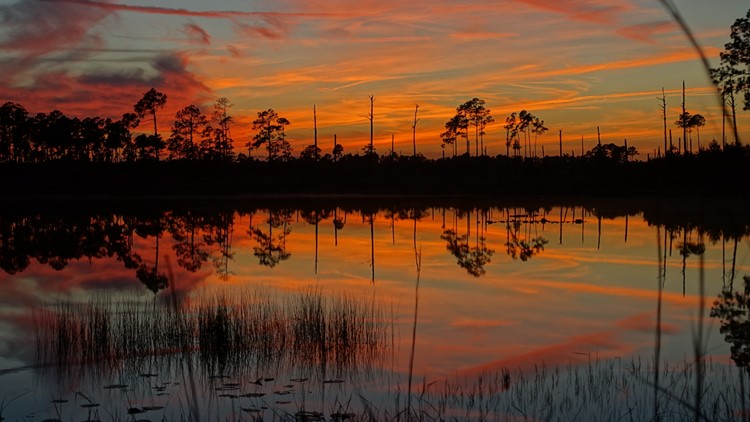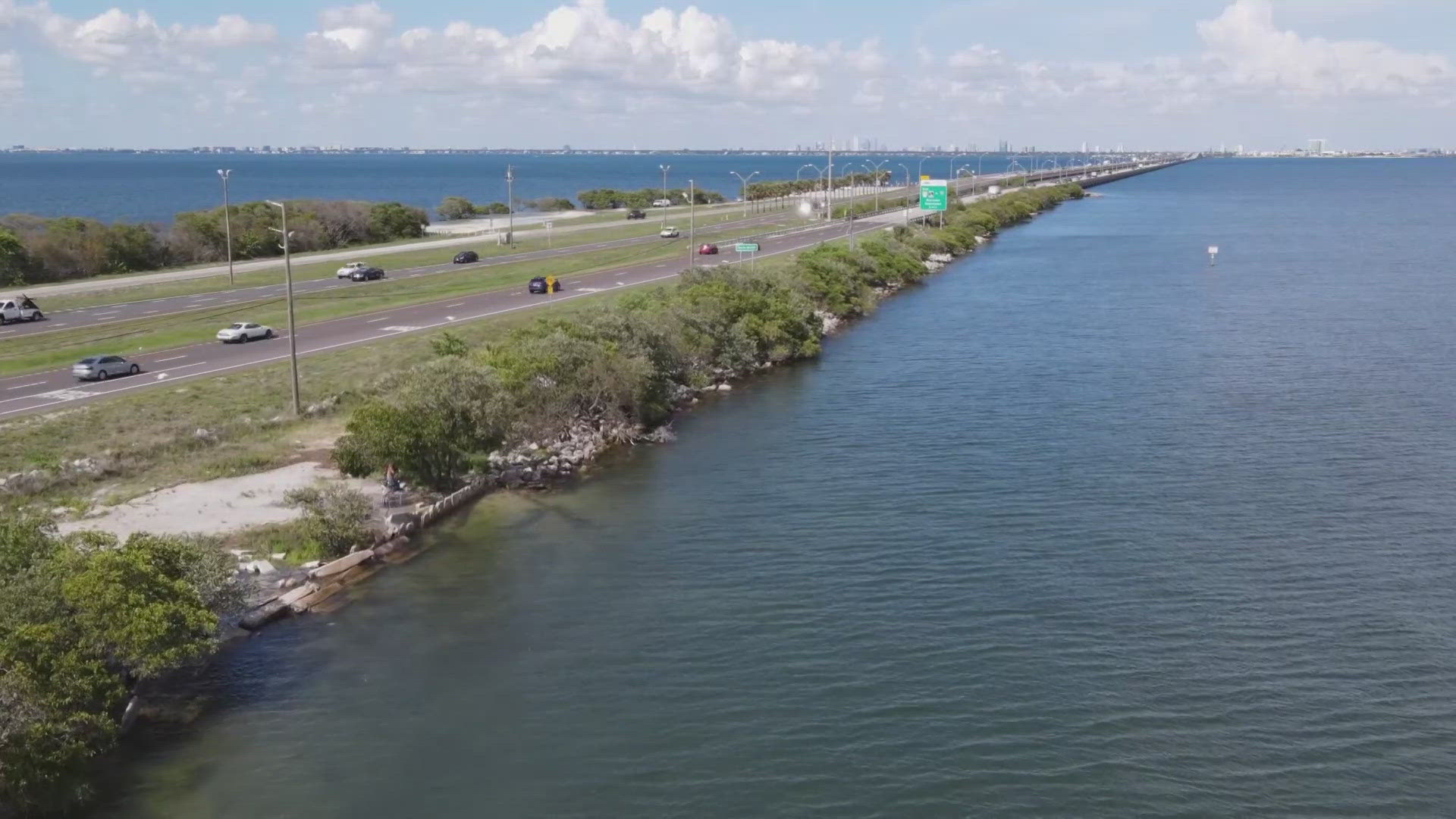FLORIDA, USA — It's not the first thing you think of when you hear Florida. Images of sandy beaches and palm trees are probably some of the recurring pictures you imagine. However, there is a large section of the state that is shaded by tall trees.
And, during the first week of November, many state agencies and organizations are taking the time to recognize Florida's forests.
Developed in 2015, Florida Forests Week highlights the importance and benefits of the state's forest land.
Nearly 17.2 million acres of Florida is forested, which covers half of its landmass - 65 percent of that land is privately owned. What that leaves behind is a mix of environmental and infrastructure benefits.
Florida's forests not only help sequester carbon dioxide from the air, but they also help filter and clean water, provide habitats for wildlife and offer an abundance of outdoor activities. They also contribute $25 billion to the state’s economy and provide thousands of jobs through paper and wood production.
Forest management is an important part of ensuring that this resource is used sustainability. In order to do this, foresters replace removed trees with seedlings to provide new healthy trees. According to the Florida Forest Service, this results in 70 million trees being planted in the state every year.
Another part of forest management is prescribed burns. By purposefully setting fire to a certain section of forest, foresters decrease the chances of a catastrophic wildfire happening and provide necessary nutrients to the soil. It also prevents invasive plants and animals from flourishing in the state.
For those wanting to get outside and enjoy the outdoors. There are three national forests in Florida: Apalachicola National Forest, Ocala National Forest and Osceola National Forest.



